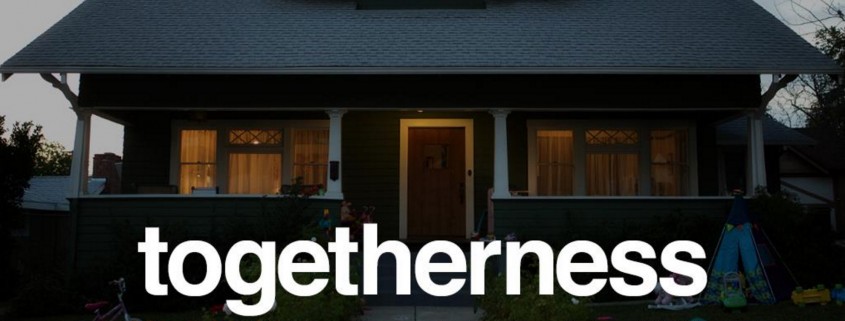Togetherness builds upon drama from previous season
Editor’s Note: Due to an online publishing error, a previous version of this post contained text from a different article, “Girl talk: Lena Dunham’s influence on female comedy.” The Daily Trojan regrets the error.
From the Duplass brothers, the HBO dramedy Togetherness returns this Sunday with a brand new season that only builds upon the raw relationships and drama from season one. The show premiered to critical acclaim back in January 2015.
While Togetherness is just another show in a wide array of dramedies that have been flooding network, premium and streaming channels over the past few years, Togetherness takes the cringing, realistic awkwardness of everyday life to the extreme. Comedic at some points, Togetherness often strays too far from comedy to be considered as such.
Season two continues the painful story of Brett (Mark Duplass) and Michelle (Melanie Lynskey), who struggle to maintain their relationship as they deal with a world that rarely goes their way. The series also follows Brett’s best friend Alex (Steve Zissis), who is an aspiring actor, and Michelle’s sister Tina (Amanda Peet), who is trying to figure out what she desires in life. Unlike most HBO shows that are often driven on plot, Togetherness is a welcomed change that focuses primarily on the characters, and the problems they encounter in their lives.
Episode one of the second season picks up just barely beyond where season one left. To recap: season one depicted the straining relationship between Brett and Michelle as they both seeked something beyond the normalcy of their marriage in an effort to explore their other dreams. The season culminated with Michelle debating whether or not to partake in an affair with another man. Season two reveals Michelle’s decision to us almost instantly within episode 1 and the her storyline for the rest of the season ultimately builds off of that.
Throughout the season, there are plenty of moments that put the amazing writing and directing of the Duplass brothers on display. For example, in the episode “The Sand Situation,” the creators decided to strategically avoid a major confrontation between the four main characters and instead focus on the impact on those closest to them following the incident. Another excellent display of storytelling is in episode 5, “Just The Range,” which uses montage to illustrate the various crises each of the four leads are facing and how even in these moments of chaos they are able to find something small to be content with.
Throughout the season, there are certainly moments of storytelling genius, but they are often overpowered by the lack of comedy, realistic character and story arc development, as well as overall tone. Toward the back half of the season, the writers take a more positive perspective on the show, which since its inception has been the epitome of dark and realistic. In season one viewers could feel the cohesiveness and build of the season’s final few episodes, season two lacks that power and boldness. Although this could be another ploy by the Duplass brothers as they consistently try and avoid what people expect, but forces the viewer to wonder what they ultimately have in store for potential future seasons and the storylines that accompany them.
While every show is not without its faults, Togetherness can rest easy, knowing that the power of the actors portraying these very dark and complex characters is palpable. A highlight of this season, as in the first, is Lynskey, who takes on a majority of the emotional storylines and moments throughout the season with beauty and ease. Another highlight this season is the work of Peet who, as her character develops more deeply, grows as she really begins to understand the true desires of her character.
Togetherness is not a show by any means for the majority of the populous; in fact, if one is not a fan of the Duplass brothers and their work, viewing Togetherness should not be a priority.

